Accessibility will have a new face at the Olympic and Paralympic Village in Greater Paris.
Our Audio Beacons Guide the Blind and Visually Impaired at the Helsinki Subway
Our Audio Beacons Guide the Blind and Visually Impaired at the Helsinki Subway
Our audio beacons equip the new line of the Helsinki subway in Finland. They help blind and visually impaired people locate the points of interest of a station.
For users with visual impairments and the subway alike, this new system represents quite a change. Before our audio beacons, a permanent audio signage solution was in place. This means there was constant noise pollution.
We asked Juha Sylberg, Accessibility expert at Axessible and a member of the Finnish Federation of the Visually Impaired (FFVI), who developed the project, to tell us why using our audio beacons was necessary. And how it has improved the users’ experience.
For this solution to be adopted by blind and visually impaired people, Juha Sylberg worked closely with associations. Their feedback was essential to make sure our audio beacons truly met their needs.
What are the issues met by blind or visually impaired people when they use the subway in Helsinki?
When you cannot see the signs, finding the route from the entrance of a new station to the platform is complex. For a blind rider to use the station, he must beforehand visit the station with a guide, learn the route and keep it in mind for the next time he visits the station.
In wintertime, the tactile path outside the station is covered with snow. The audio signs are the only landmarks that help visually impaired people locate the entrance of a station.
The Helsinki subway ordered 50 of our NAVIGUEO+ HIFI audio beacons to equip its new stations. What was your role in this project?
The new subway line from Helsinki to Espoo is fully equipped with those smart audio beacons. The guiding audio and tactile path is continuous from the entrance to the elevators and down to the platform for riders to go to the accessible door of the train.
In the next station, the path is continuous from the same train door to the exit. The audio beacons at the exit announce the bus stops outside the station.
My role was to work in close connection with the architect designing the accessible routes of the stations and find the right decision points like where audio information was needed. Together with the architect we designed a safe and easy accessible route from a bus stop to the train. After the route was planned, my role was to describe it in words and save the messages in the audio beacons.
The audio beacons have four levels of information in three languages. The level of information depends on the users’ preferences.
For a daily trip from home to school, a jingle, a short bird song, is enough to locate the door.
A person who doesn’t use the subway line everyday can also listen to the short message, the names of the door and subway line.
A person who visits the subway station for the first time can listen to the long message, a verbal turn-by-turn description from the entrance to the next audio beacon. The next audio beacon tells again the route forward until the person is at the right platform outside the right train door.
The fourth message tells the opening hours of the station and the possible exceptions for the night-time walking routes.
Can you explain the standard audio beacons in Finland used before our NAVIGUEO+ HIFI audio beacons?
The standard audio beacons emit a sound night and day, always at the same volume when powered. That is the reason why their use was limited in areas with people living nearby. The neighbors are the most common reason the existing old beacons are shutting down. The old beacons are also often vandalized because the continuous sound irritates some people.
We wanted to increase the number of sound beacons but it was obvious no one was willing to use those old irritating beacons anymore.
You worked with associations of users with visual impairments. What role did these associations play in the implementation of these audio beacons?
It was a process of many years to convince our elderly members to accept a new system. At the beginning, they were against the system which requires an extra device for activation like a remote control or a smartphone app.
But after Helsinki arranged for an evaluation and invited a number of visually impaired people to test the system, all the test users said it was better than the old system.
After that, it became obvious that all new beacons are a smart system thanks to on demand activation.
But for an easier transition, we’ve kept some beacons that emit a continuous jingle for the visually impaired riders who aren’t familiar with the new system yet.
The Helsinki subway is a perfect example of a user-centered accessibility approach. Our audio beacons represent an efficient audio signage solution that can easily be implemented worldwide. They improve the mobility and the autonomy of blind and visually impaired users without disturbing other categories of users.
And for those of you who wonder, yes, our audio beacons can resist winter conditions. At the subway station of Kuopio, temperatures can go below 30 degrees Celsius.
Want to know more about audio beacons? Check out this article:
7 Good Reasons to Install Audio Beacons at Your Public Transport Network
Published on March 10th, 2023
media
In wintertime, the tactile path outside the station is covered with snow. The audio signs are the only landmarks that help visually impaired people locate the entrance of a station.
writer

Carole Martinez
Content Manager & Copywriter
stay updated
Get the latest news about accessibility and the Smart City.
other articles for you

Open Data Is Key to Fostering Universal Accessibility
Open data represents an opportunity for cities to reach universal accessibility. It shows the missing links of the mobility chain.
Our Audio Beacons Guide the Blind and Visually Impaired at the Helsinki Subway
The Helsinky subway improved their audio signage system by installing on demand and remotely activated audio beacons.
7 Good Reasons to Install Audio Beacons at Your Public Transport Network
Audio beacons are an efficient way to provide more autonomy to blind and visually impaired people. They can easily use public transport.

Will Remote Activation Become the Norm for Accessible Pedestrian Signals?
More and more cities like New York have been exploring remote activation to trigger accessible pedestrian signals.
share our article!
more articles

Disability Statistics in the US: Looking Beyond Figures for an Accessible and Inclusive Society
Disability Statistics in the US: Looking Beyond Figures for an Accessible and Inclusive Society Around 61 million adults in the United States live with a disability. Diving into disability statistics in the US will help us know exactly who is concerned and what...
Our Audio Beacons Guide the Blind and Visually Impaired at the Helsinki Subway
Our Audio Beacons Guide the Blind and Visually Impaired at the Helsinki SubwayOur audio beacons equip the new line of the Helsinki subway in Finland. They help blind and visually impaired people locate the points of interest of a station. For users with visual...

Will Remote Activation Become the Norm for Accessible Pedestrian Signals?
Will Remote Activation Become the Norm for Accessible Pedestrian Signals?Without pushbutton, there are no accessible pedestrian signals. That’s how APS work in the U.S. But more and more cities have been exploring remote activation like New York City. The Department...

Hearing Impaired People: a Multitude of Profiles for Different Needs
Hearing Impaired People: a Multitude of Profiles for Different Needs Did you know that hearing impaired people have several profiles and that the way they identify themselves is important? You may be familiar with deaf and hard of hearing people but for each of...
NEVER miss the latest news about the Smart City.
Sign up now for our newsletter.
Unsubscribe in one click. The information collected is confidential and kept safe.
powered by okeenea
The French leading company
on the accessibility market.
For more than 25 years, we have been developing architectural access solutions for buildings and streets. Everyday, we rethink today’s cities to transform them in smart cities accessible to everyone.
By creating solutions ever more tailored to the needs of people with disabilities, we push the limits, constantly improve the urban life and make the cities more enjoyable for the growing majority.



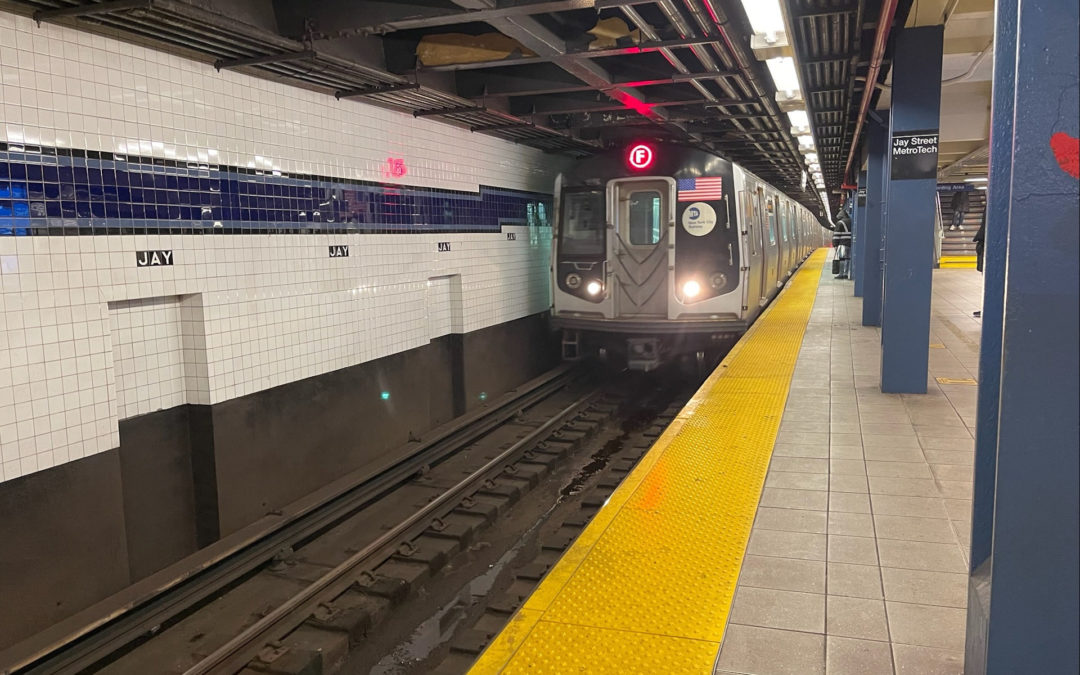
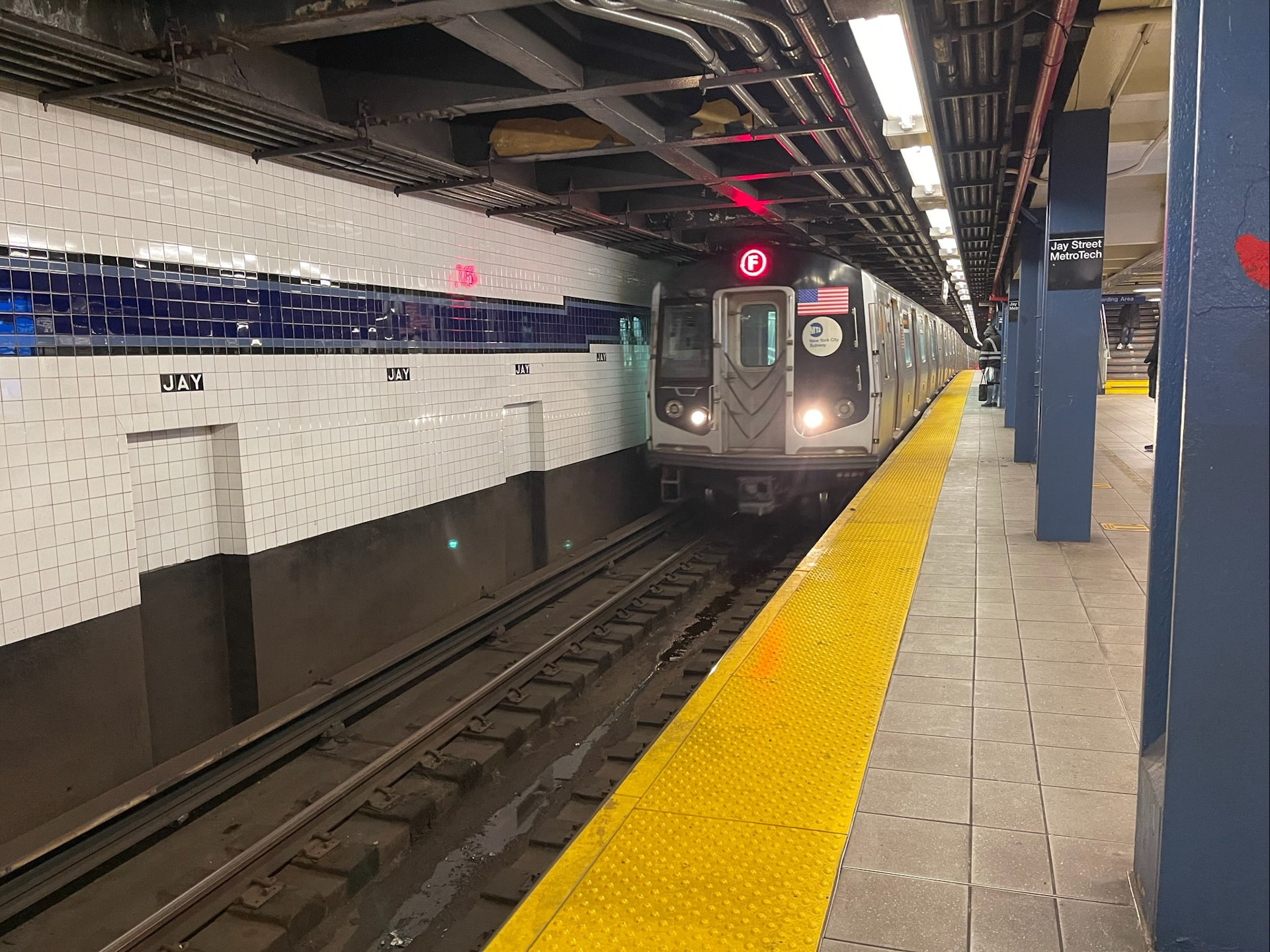
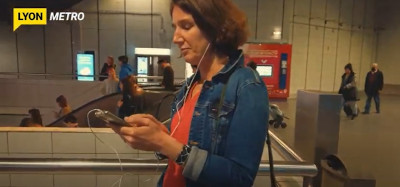

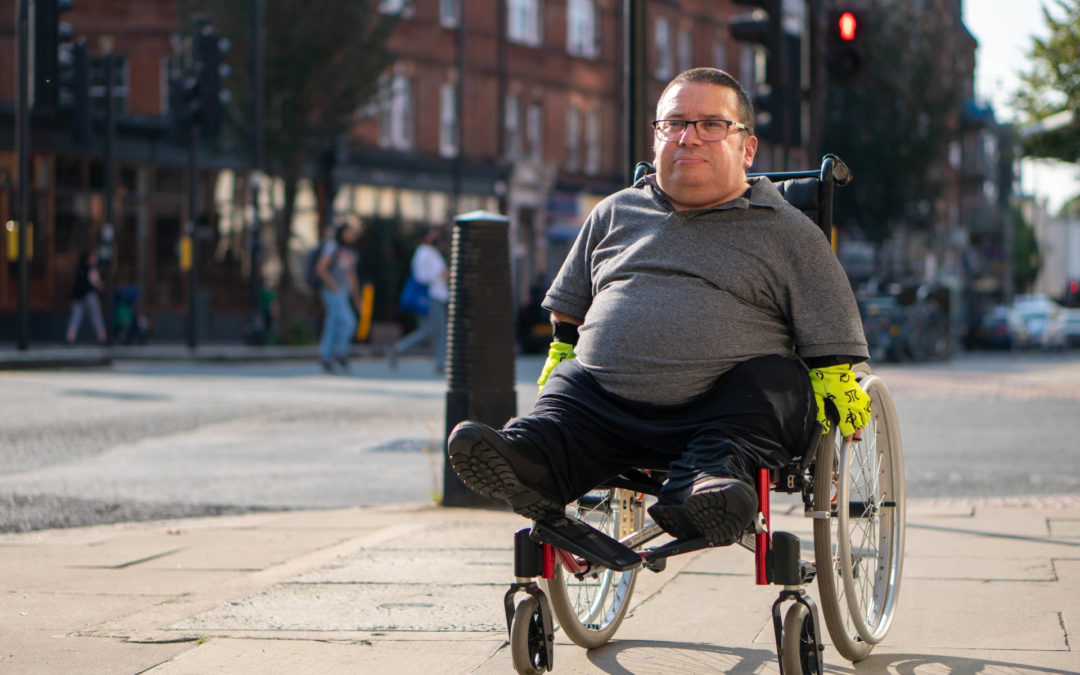
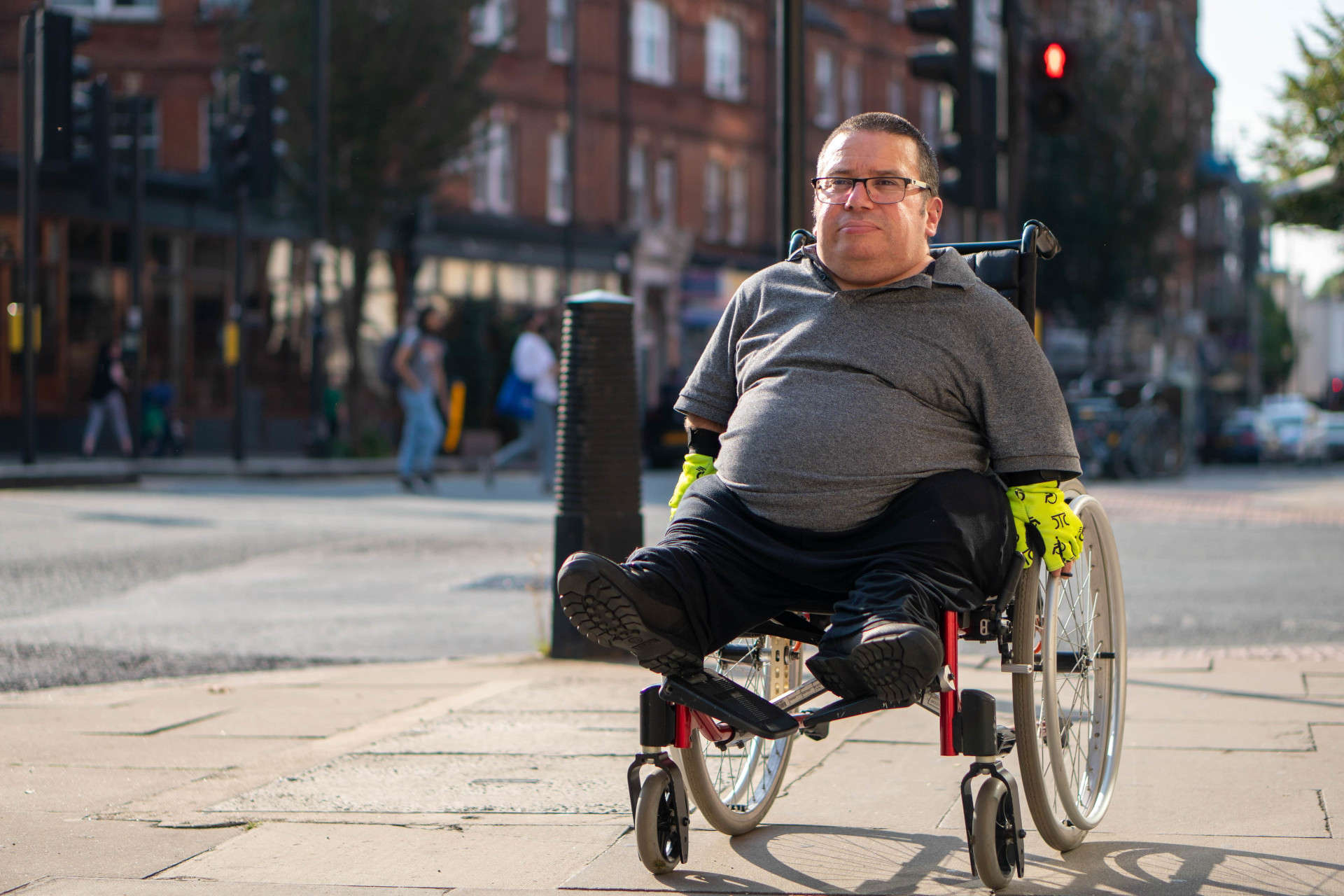
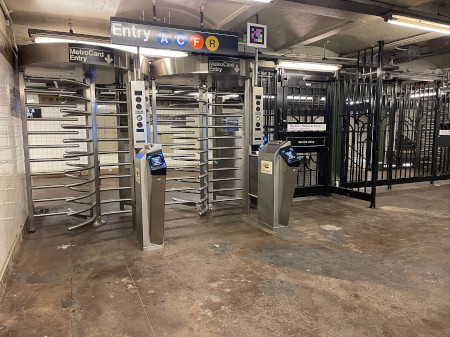
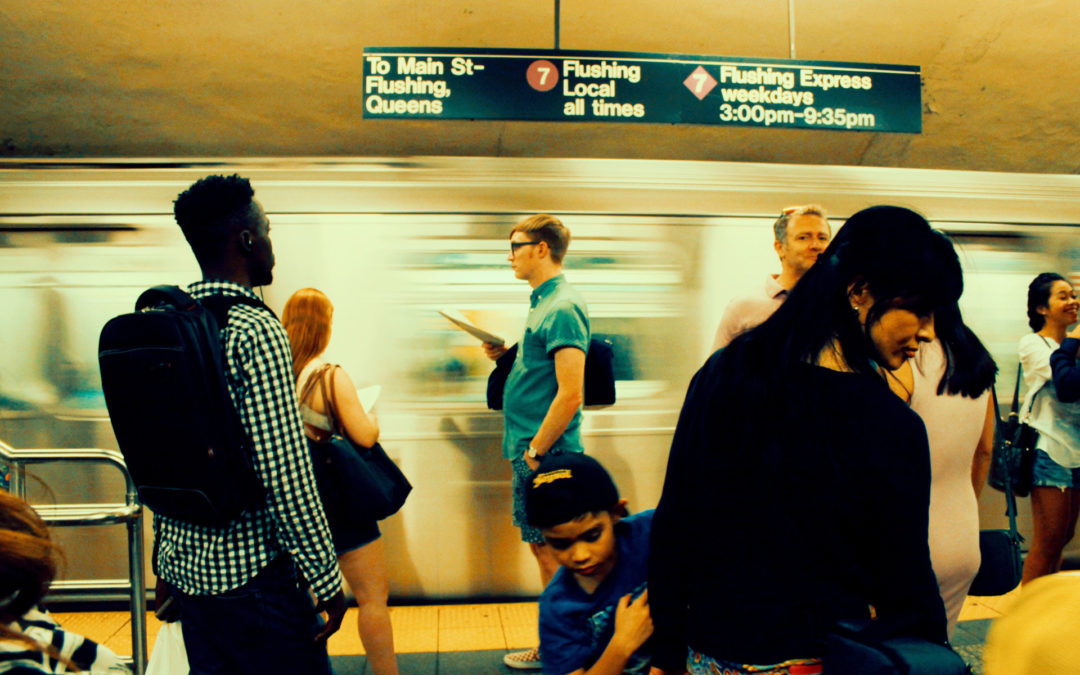
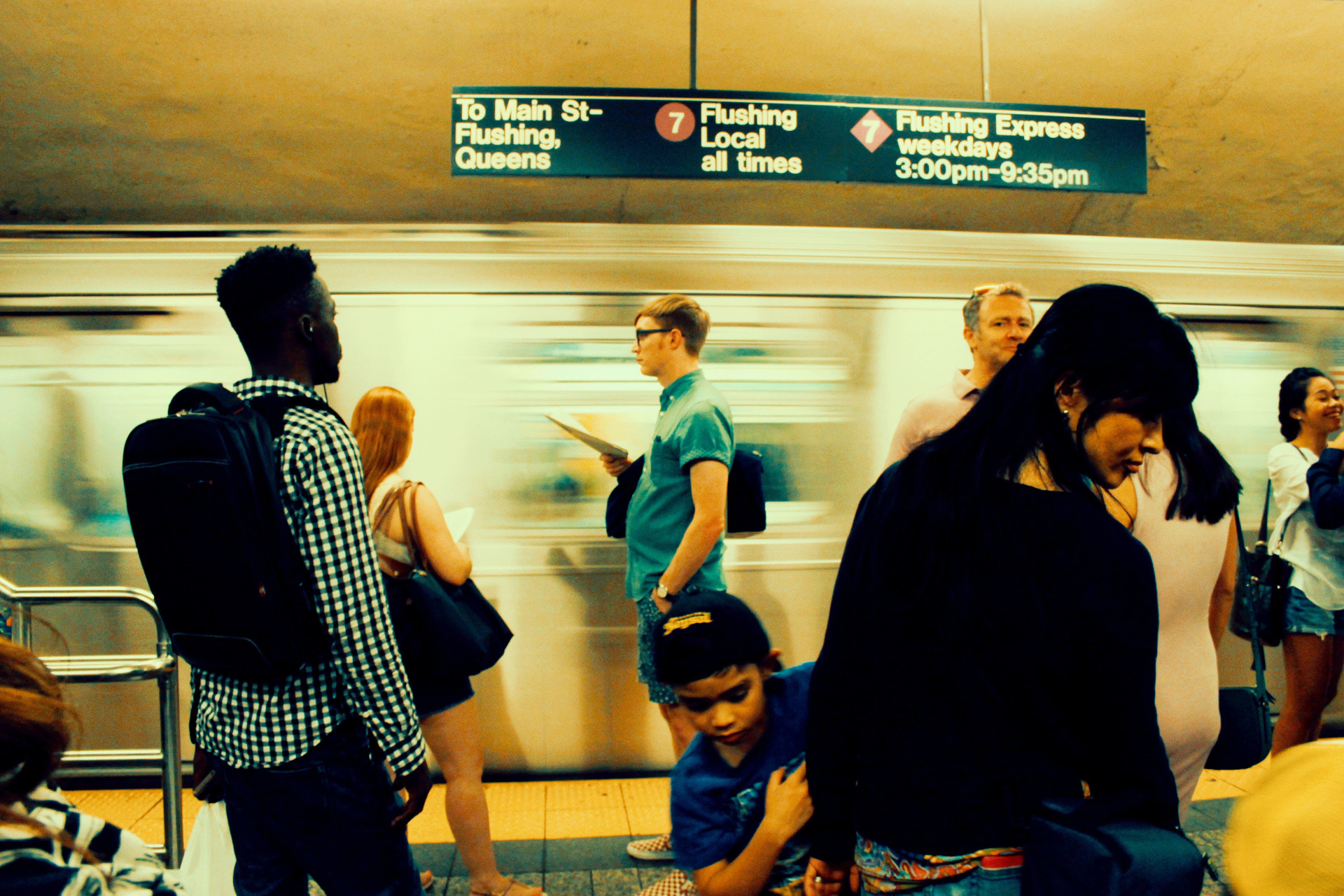
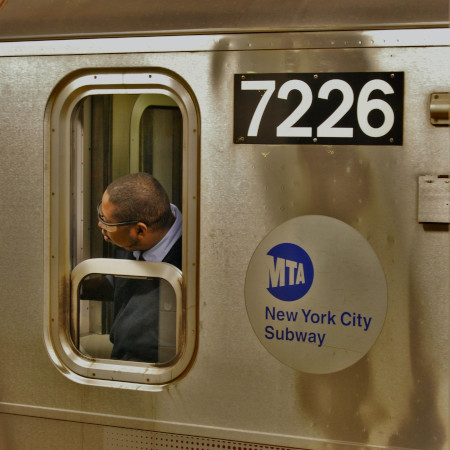

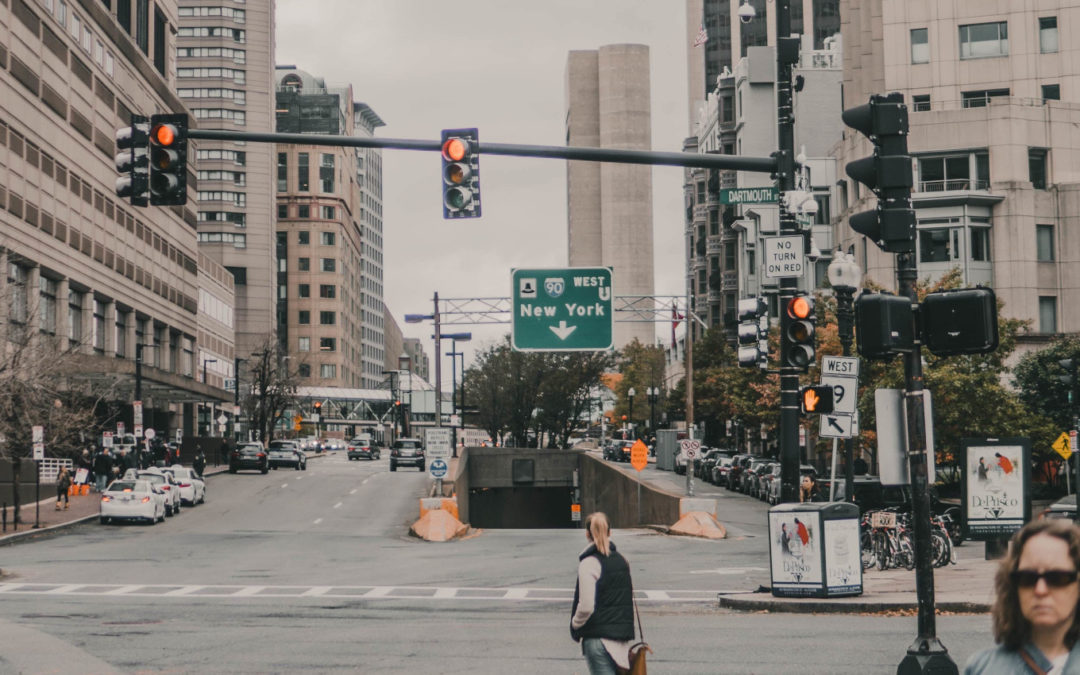
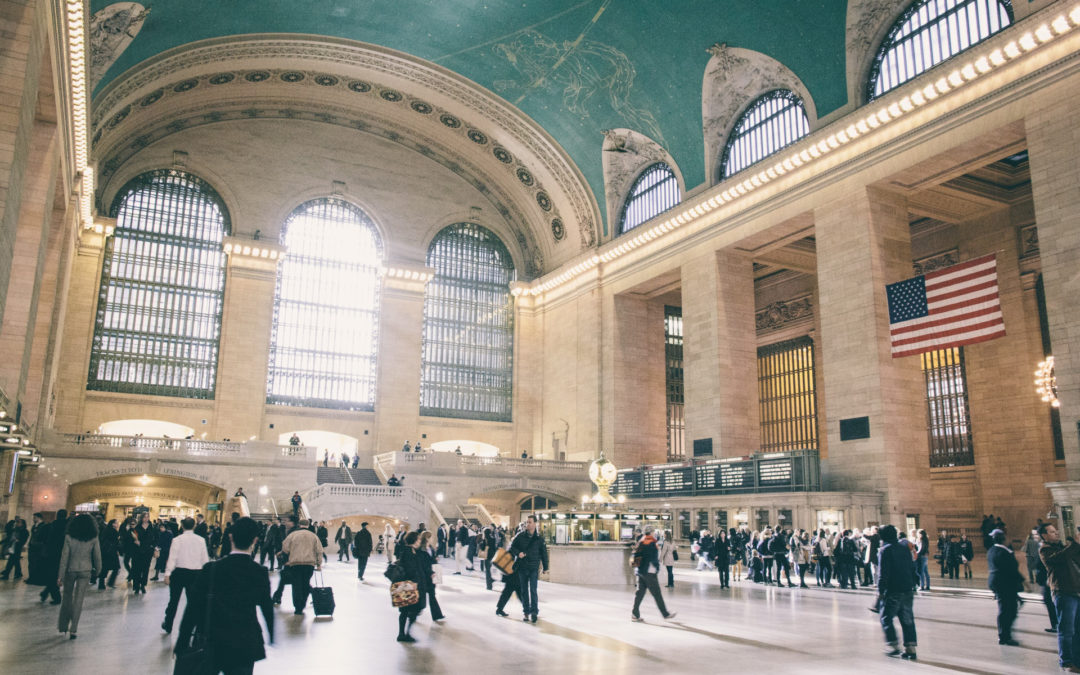
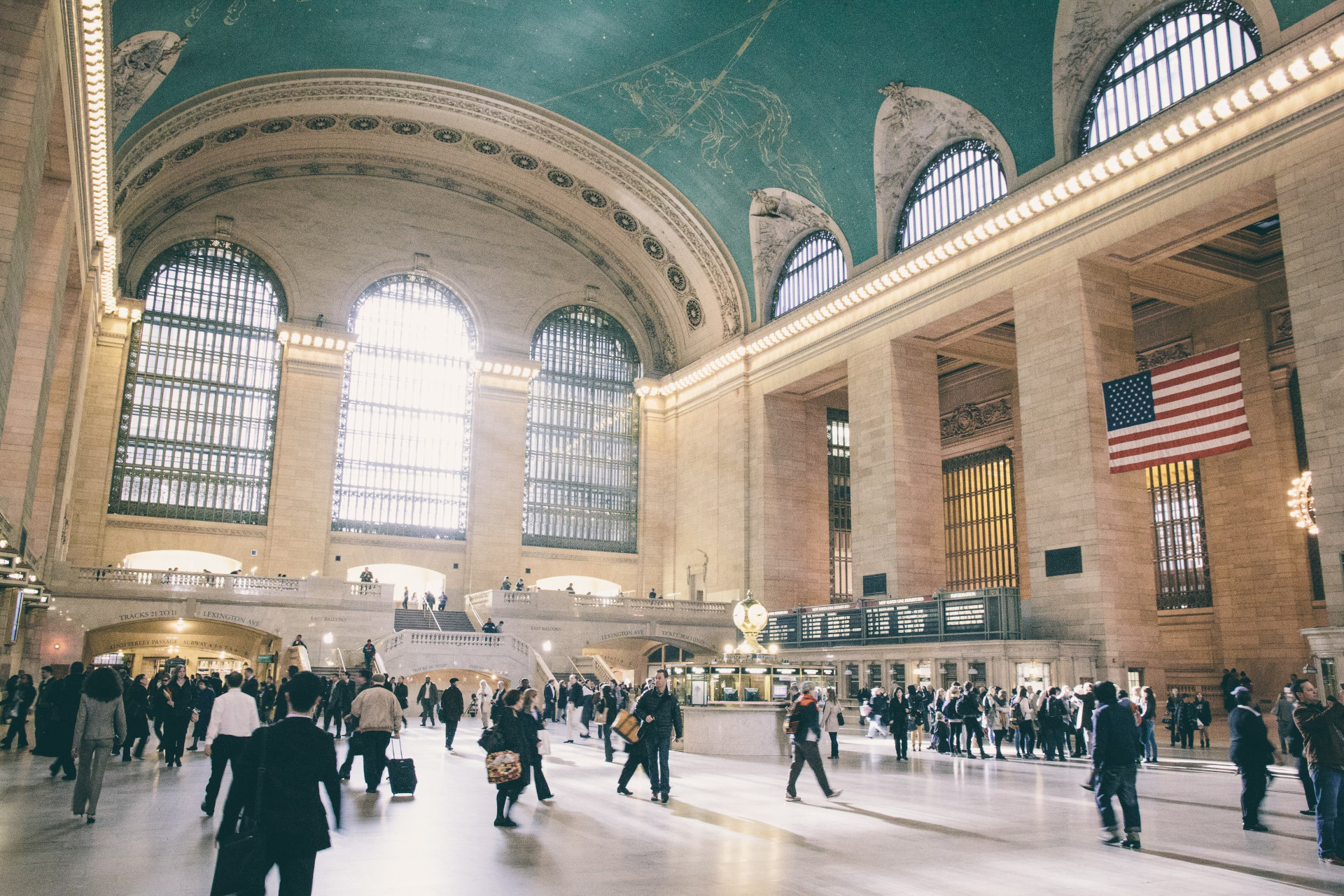
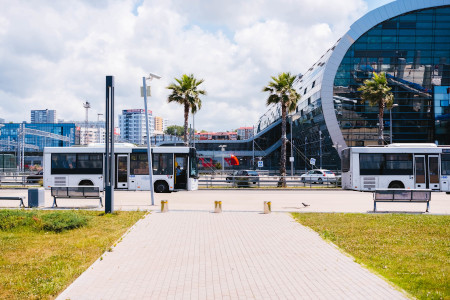
Recent Comments